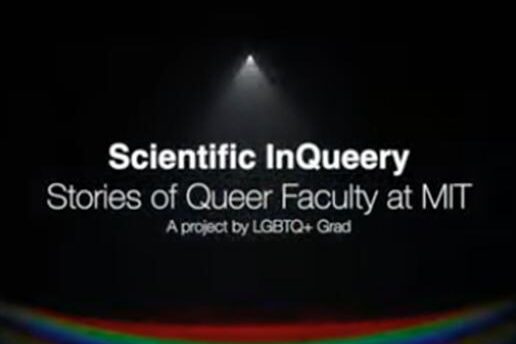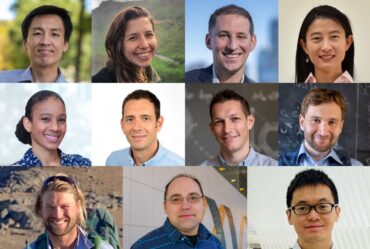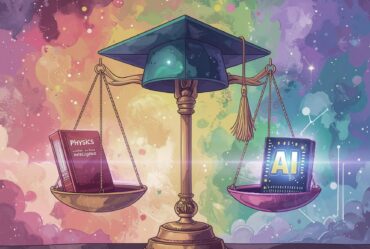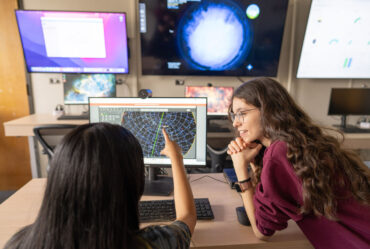
Featured video: Researchers discuss queer visibility in academia
In “Scientific InQueery,” LGBTQ+ MIT faculty and graduate students describe finding community and living their authentic lives in the research enterprise.
“My identity as a scientist and my identity as a gay man are not contradictory, but complimentary,” says Jack Forman, PhD candidate in media arts and sciences and co-lead of LGBTQ+ Grad, a student group run by and for LGBTQ+ grad students and postdocs at MIT.
The video features Nergis Mavalvala, the Curtis and Kathleen Marble Professor of Astrophysics and the dean of the School of Science; Sebastian Lourido, Associate Professor of Biology; Lorna Gibson, Professor of Materials Science and Engineering; Bryan Bryson, Associate Professor of Biological Engineering; Tunahan Aytas, PhD ‘23 in Materials Science and Engineering; Miranda Dawson, PhD candidate in Biological Engineering, and Jack Forman, PhD candidate in Media Arts & Sciences. Credit: LGBTQ+ Grad, MIT Media Lab via YouTube
He and co-leads Miranda Dawson and Tunahan Aytas ’23 recently interviewed queer MIT faculty about their experiences and the importance of visibility in “Scientific InQueery,” a video meant to inspire young LGBTQ+ academics to take pride in the intersections of their identities and their academic work.
“In professional settings, people need to create spaces for researchers to be able to discuss their scientific work and also be queer,” says Nergis Mavalvala, the Curtis and Kathleen Marble Professor of Astrophysics and dean of the MIT School of Science. “That [space] gives a sense of safety [to say] ‘I can be successful in my profession; I can be queer; and I can be out here flying my rainbow flag.’”
“As queer graduate students, we find community in our peers. However, as one progresses up the academic ladder, it can be harder to find examples of queer people in higher positions. Bringing visibility to the queer faculty helps younger queer academics find a greater sense of community,” says Dawson, a PhD student in MIT’s Department of Biological Engineering. In her years as co-lead of LGBTQ+ Grad, she has been a visible advocate for LGBTQ+ graduate students across MIT.
“We would love it if a young queer person with curiosity and a love for learning saw this video and realized that they belong here, at a place like MIT,” says Dawson.
In addition to Aytas, Dawson, Forman, and Mavalvala, the video features Sebastian Lourido, associate professor of biology; Lorna Gibson, professor of materials science and engineering; and Bryan Bryson, associate professor of biological engineering.


